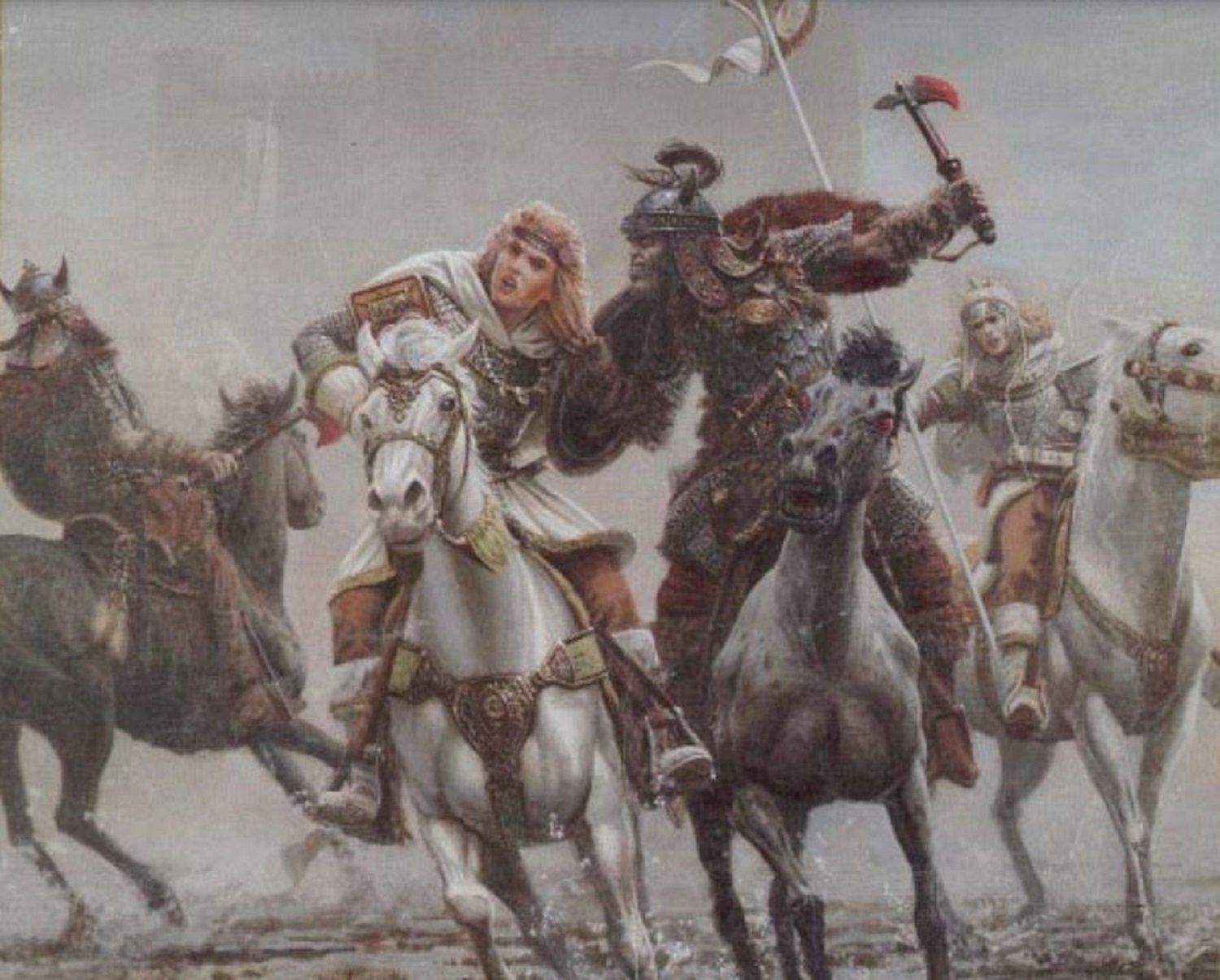D&D historian Ben Riggs has a copy of Ed Greenwood's original Forgotten Realms contract and spends a few words covering it, calling it "The best $5,000 D&D Spent". The setting was sold to TSR for $4,000 in 1987, with another $1,000 for comsulting services.


 www.writerbenriggs.com
www.writerbenriggs.com
Ed Greenwood, the creator of the Realms, said he never regretted the decision to sell the property to TSR, the first company to make D&D. The five grand he made was $4,000 for the Realms itself, and then $1,000 for services as a design consultant. (That’s $13,000 in 2022 dollars).

The Best $5000 D&D Spent: Buying the Forgotten Realms — Ben Riggs
How did D&D manage to snag its flagship setting for the price of a car?



